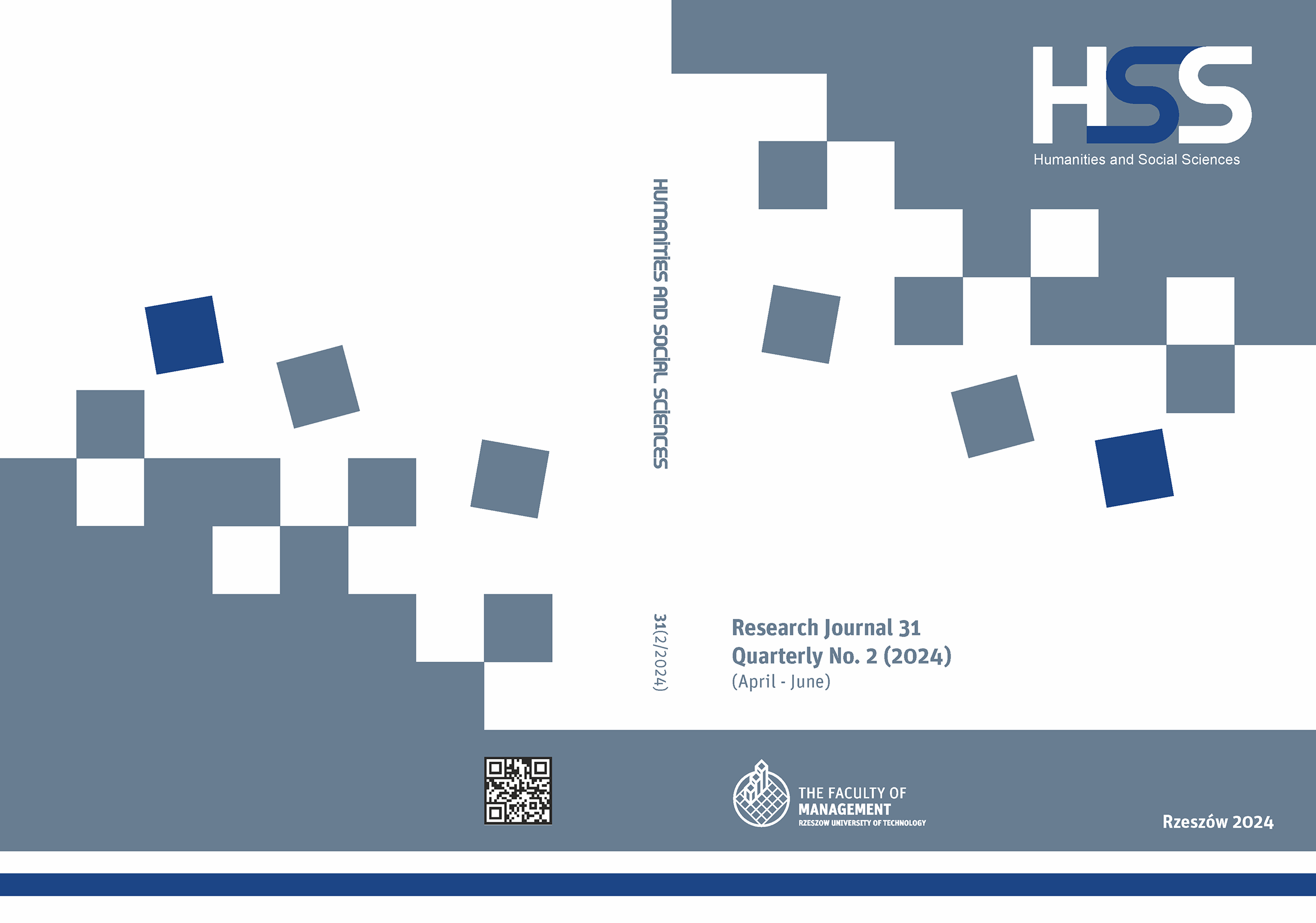Abstract
The phenomenon called “return to the city” has intensified in Rzeszów. After a clear decline in the number of inhabitants at the beginning of the present century, for several years there has been a steady increase in population, which is not related to incorporating more towns into the city. The paper presents the analysis of data collected during the study carried out in the city. Residents of the city declared satisfaction with their place of residence. The main reasons for satisfaction were the cleanliness of the city, aesthetics, work, noticeable city development, developed infrastructure, and a high level of security and peace.
References
Jałowiecki, B., Szczepański, M.S. (2006). Miasto i przestrzeń w perspektywie socjologicznej. Warsaw.
Karwińska, A. (2008). Gospodarka przestrzenna. Uwarunkowania społeczno-kulturowe. Warsaw.
Kotarski, H., Malicki, K., Palak, M., Piróg, K. (2016) Rzeszowska diagnoza społeczna. Rzeszów.
Lee, S., Leigh, N.G. (2005). The Role of Inner Ring Suburbs in Metropolitan Smart Growth Strategies. “Journal of Planning Literature”, Vol. 19, No. 3.
Lever, W.F. (1993). Reurbanisation – The policy implications. “Urban Studies” Vol. 30, No. 2.
Majer, A. (2010). Socjologia i przestrzeń miejska. Warsaw.
Malikowski, M. (1992). Socjologiczne badanie miasta. Rzeszów.
Palak, M. (2015). Stolica innowacji czy miasto prowincjonalne? Analiza wizerunku Rzeszowa [In:] Malikowski, M. Kinal, J., Palak, M., Halik, J., eds., Wybrane problemy współczesnych miast. Kultura, promocja, symbolika. Rzeszów.
Słodczyk, J. (2003). Przestrzeń miasta i jej przeobrażenia. Opole.
Węgleński, J. (1983). Urbanizacja. Kontrowersje wokół pojęcia. Warsaw.


